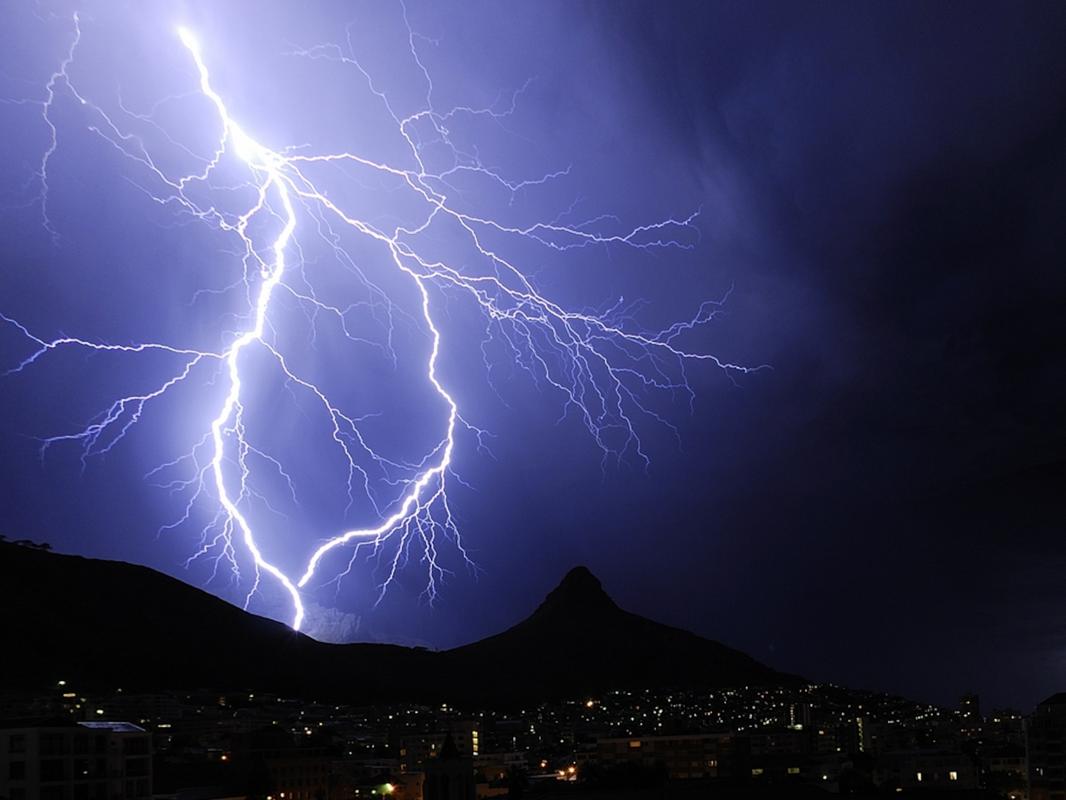33 Dead in Bihar Lightning Strikes Over Two Days: A Wake-Up Call for Monsoon Safety
Over the course of just two days, lightning has tragically claimed the lives of 33 people in Bihar. With dozens more injured, the sudden and violent nature of these weather events has left entire communities in shock and mourning.
The fatalities, primarily among farmers and outdoor laborers, occurred on Wednesday and Thursday amid intense monsoon storms that swept across India’s eastern state. A statement from the Bihar State Disaster Management Department confirmed the death toll and issued fresh warnings for incoming severe weather.
Timeline of Events
From late Wednesday evening through Thursday night, thunderclouds loomed over several vulnerable districts in Bihar including Gopalganj, Siwan, and Saran. Reports indicate that most of the victims were in the fields—many likely trying to harvest or plant before the rains intensified.
Local authorities worked overnight to assess the damage. Villages were left reeling as emergency services retrieved bodies and transported the injured to nearby hospitals. Alerts were subsequently issued by the state’s disaster department warning residents to stay indoors during lightning activity and heavy rainfall.
Official Statements
During a press interaction on Friday, disaster management minister Vijay Kumar Mandal spoke about the immediate response measures. “We have asked all concerned officials in vulnerable districts to create awareness to take precautionary steps following an alert on lightning,” he said.
“Our priority is saving lives. Compensation will help, but alertness is key,” Mandal added.
The state government has announced a compensation of ₹40 lakhs to the families of those killed. This aid, while helpful, is also a somber reminder of the increasing frequency and severity of weather-related casualties in the region.
Community Response
The villages affected are no strangers to monsoon hardship. Seasonal floods and lightning events routinely wreak havoc across Bihar. But even seasoned locals say this week’s lightning outbreak felt different—more intense, more unpredictable.
“I saw light crack open the sky and then people just screamed… animals fled, and we didn’t know where to run,” said Rameshwar Singh, a farmer in Saran district. He lost two cousins during the storm.
There’s deep sorrow, yes, but also growing frustration. Residents are calling for improved early warning systems and timely government alerts. Social media platforms and WhatsApp groups have been abuzz with appeals for broader action.
Recurring Disasters: A Pattern Too Familiar
Bihar’s deadliest lightning events aren’t isolated incidents. According to the state government, lightning has already claimed at least 243 lives this year alone—compared to 275 deaths in the whole of last year.
Eastern India’s geography makes it particularly vulnerable to monsoon-related dangers. Floods displace tens of thousands almost every year, and lightning strikes add another lethal layer to an already perilous season.
- 2023: 275 deaths from lightning in Bihar
- 2024 (so far): 243 recorded deaths
- Majority victims: Farmers and laborers
Some meteorologists attribute the rising frequency of extreme weather events to changing climate patterns. Warming temperatures and higher humidity levels, for instance, are creating perfect storm conditions for lightning formation. Still, much of the region lacks the infrastructure to deal with such phenomena effectively.
What’s Next?
The India Meteorological Department has forecast more heavy rainfall and storms across parts of Bihar in the coming days. Government agencies are on high alert, and local administrations have been asked to ramp up public safety messaging.
Awareness campaigns are also being planned in schools, town halls, and village councils to help residents understand how to respond during lightning activity. Some simple guidelines being shared include:
- Avoid open spaces during a thunderstorm
- Do not shelter under trees or near water bodies
- Stay in concrete structures or grounded dwellings
- Unplug electrical Appliances
- Follow official weather alerts
Yet, as well-meaning as these steps are, it remains difficult to reach all at-risk individuals—especially day laborers on the move or communities without access to digital tools.
A Closer Look at Preparedness
Despite repeated tragedies, many feel the region still lacks a solid disaster readiness plan. Warning systems exist but aren’t always consistent. Villages with no cell reception, for example, often remain unaware of alerts until it’s too late.
Various NGOs and grassroots groups are pushing for wider deployment of automatic lightning detection systems, better rural communication strategies, and—in some voices—weather awareness training beginning at the school level.
There’s a sentiment among activists and some local lawmakers that long-term preparations have always taken a backseat to reactive relief. The compensation packages are appreciated, but many are quietly asking: Could these deaths have been prevented?
Final Thoughts
There’s no easy answer to the growing crisis of climate-triggered disasters in Bihar. But as more lives are lost to lightning—something that many still struggle to see as a mitigable hazard—the pressure mounts on local and national administrators to rethink safety strategies before the next storm hits.
For now, communities are grieving, officials are scrambling, and the skies still threaten more to come.
It’s the monsoon. But should it always feel like a gamble?

